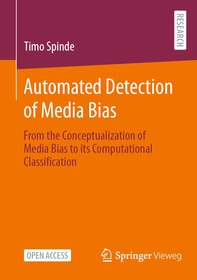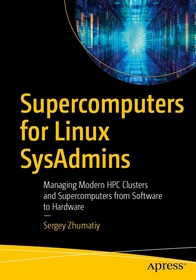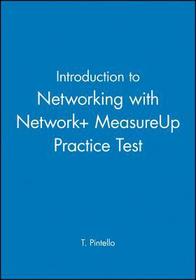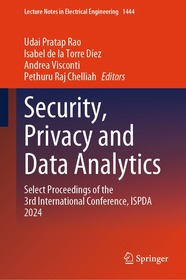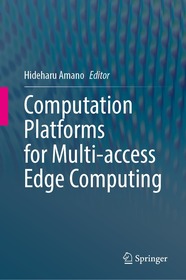
Computation Platforms for Multi-access Edge Computing
-
12% KEDVEZMÉNY?
- A kedvezmény csak az 'Értesítés a kedvenc témákról' hírlevelünk címzettjeinek rendeléseire érvényes.
- Kiadói listaár EUR 160.49
-
66 563 Ft (63 393 Ft + 5% áfa)
Az ár azért becsült, mert a rendelés pillanatában nem lehet pontosan tudni, hogy a beérkezéskor milyen lesz a forint árfolyama az adott termék eredeti devizájához képest. Ha a forint romlana, kissé többet, ha javulna, kissé kevesebbet kell majd fizetnie.
- Kedvezmény(ek) 12% (cc. 7 988 Ft off)
- Kedvezményes ár 58 575 Ft (55 786 Ft + 5% áfa)
Iratkozzon fel most és részesüljön kedvezőbb árainkból!
Feliratkozom
66 563 Ft

Beszerezhetőség
Még nem jelent meg, de rendelhető. A megjelenéstől számított néhány héten belül megérkezik.
Why don't you give exact delivery time?
A beszerzés időigényét az eddigi tapasztalatokra alapozva adjuk meg. Azért becsült, mert a terméket külföldről hozzuk be, így a kiadó kiszolgálásának pillanatnyi gyorsaságától is függ. A megadottnál gyorsabb és lassabb szállítás is elképzelhető, de mindent megteszünk, hogy Ön a lehető leghamarabb jusson hozzá a termékhez.
A termék adatai:
- Kiadó Springer Nature Singapore
- Megjelenés dátuma 2025. december 12.
- Kötetek száma 1 pieces, Book
- ISBN 9789819689347
- Kötéstípus Keménykötés
- Terjedelem153 oldal
- Méret 235x155 mm
- Nyelv angol
- Illusztrációk XV, 153 p. 83 illus., 78 illus. in color. 700
Kategóriák
Hosszú leírás:
This book aims to clarify how to build the computational infrastructure for multi-access edge computing (MEC) from the perspectives of applications, system software, architecture, CAD, and devices. MEC enables the execution of processing tasks that are challenging for IoT devices without having to rely on the cloud, by equipping 5G/6G base stations with computational resources.
Following the introduction, Chapter 2 describes the multi-FPGA system that was developed for this project with various techniques to build FPGA clusters. Chapter 3 discusses the middleware for MEC and applications such as social implementation in nursing care facilities. Chapter 4 focuses on the roles of MEC, such as anonymization, data collection, and selection, and describes the technologies for utilizing MEC in the construction of smart cities. Chapter 5 discusses the realization of Robot Audition, one of the most promising applications expected to run on MEC. It introduces an attempt to implement HARK, a widely used platform, on MEC. Chapter 6 presents a new FPGA device, SLMLET, which is more cost-effective and power-efficient than conventional FPGAs and features communication links for multi-node systems. It is an ambitious chip equipped with variable-structure IP, differing from traditional FPGAs.
The readers will gain an understanding of MEC and related topics, as well as insight into its future potential. This knowledge is essential for engineers involved in cloud and edge computing, as well as those interested in FPGA and CAD technologies.
TöbbTartalomjegyzék:
"
Chapter 1 Introduction.- Chapter 2 Multi-FPGA platforms as a host of MEC architecture.- Chapter 3 Middle for MEC architectures.- Chapter 4 Application for a smart city/community.-Chapter 5 Robot Audition.- Chapter 6 New devices.
" Több



